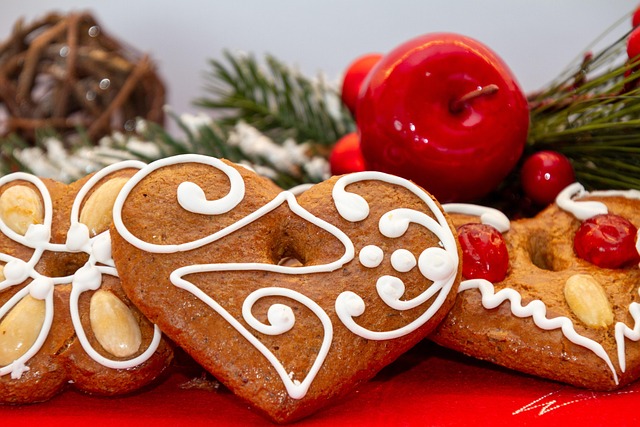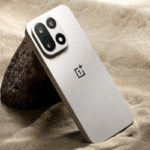Crumbl Cookies: Everything You Need to know

Crumbl cookies, an American luxury cookie, went from a small startup to a billion-dollar business. Jason McGowan and Sawyer Hemsley, the brains behind the cookie empire, have created 1,100 stores across the United States and beyond in just seven years. A success story that is faster even than what it took other giants, McDonald’s or Starbucks, in the food industry.
But what’s going on with this mega company? What’s sweet, what’s sticky, and what’s got people talking. Let’s walk you through how the brand started, why it blew up, what’s going on lately (good & less-good), and what it all might mean. Grab a cookie (or imagine one) and let’s dig in.
The origin story
It all began in 2017 in Logan, Utah. Jason McGowan and his cousin/college friend Sawyer Hemsley teamed up on a mission: bake the perfect chocolate chip cookie. No elaborate corporate food-science labs. Just lots of trial and error in their own kitchen, switching ingredients, recipe after recipe, until they landed on something they believed in.
They opened their first shop with an open-concept kitchen where you could watch the mixing/baking, and a strong branding instinct, the now-famous pink box, a signature.
From that humble start: raised ambition, a lot of hustle, marketing smarts. Before long, they began expanding via the franchise model.
Why the hype?
The rave on Crumbl soared, thanks to social media. Within six weeks, the company garnered 1.6 million followers on TikTok in 2021. As of 2025, the followers have increased to over 17 million from TikTok and Instagram combined. There’s no doubt that social media fueled the growth. Big cookies, bold pink boxes, weekly rotating flavors. Instagram and TikTok love it. (“Look at this giant cookie in a pretty box.”).
Novelty + routine. While one flavor (milk chocolate chip) stays as a reliable favorite, they rotate five or so others every week. That creates “I must try this week’s cookie” energy. As Kelsie Flaim, a TikToker, put it, “You want to try it before it goes away.
Franchise and tech play. They made ordering, delivery, and catering smooth. They pitched their brand as modern, not just a cookie shop.
Rapid rollout. In just a few years, hundreds of stores across the U.S., and then Canada. The speed created a kind of cultural moment: “Everywhere you turn there’s a Crumbl.”
So you get the idea: not just cookies, but an experience, a brand vibe, sharing, novelty.
What’s going on lately – the good, the questionable, the “hmm”
Okay. So the cookie empire is big. But nothing stays perfect. Let’s talk about the layers.
The good
- Crumbl is still expanding. New locations keep opening. For fans, that means more access.
- They continue to innovate with flavors, partnerships (celebs, special editions), which keep the brand from going stale. See collaborations and limited-time cookies.
- They try to lean into tech and ordering convenience: app, delivery, etc. That matters in today’s world.
- The brand is branching out: for example, partnering with tech platforms to streamline operations. Like: they teamed with Push Operations (an HR/payroll/scheduling software provider) so franchise locations can better manage staff, scheduling, and labor.
- Financially, reports show improvement after some soft patches. For example, in 2024, 858 locations reported average sales of $1.35 million each, 17 % up from the prior year.
The questionable
- The backlash is real. Some reviewers and TikTok users say: “Hey, the cookie doesn’t always match the hype.” The chain has been called “overhyped and underbaked” by taste testers.
- A pop-up in Australia (unauthorized) imported Crumbl cookies, sold at a very high markup, and people were not happy.
- Nutrition & pricing: giant cookies, big caloric load. Some customers balk.
- Legal / labor issues: The brand faced fines for child labor violations (in franchisee stores) and lawsuits over copyright/trademark.
- Growth rate slowing / store closures emerging: While the rise was meteoric, some stores underperformed, and management admitted mistakes in location picks
The “what it means”
It’s not just about cookies anymore. It’s a test of brand endurance. Can Crumbl maintain novelty and quality? Can they avoid being seen as a trend that fades? The food world is brutal to brands that rely mostly on “cool” rather than substance.
For example, the rotating flavors are fun, but if the base quality slips (or customers perceive it so), then the brand’s reputation suffers. Some reviewers say: the cookies are great when fresh, but delivery/packaging/distance may compromise them.
Also: scaling fast means more franchisees, more locations, more variables. Maintaining brand control becomes challenging (quality, service, consistency).
So: what’s really up?
Here’s how I see it
Crumbl is at a fork in the road. They’ve won big: from two guys baking in Utah to a national chain. That’s the dream part. And it still has momentum. But they’re facing the realities of growth: customer expectation, margin pressure, brand fatigue, and internal complexity.
What this means for you (and me) as a customer:
- If you try one of their cookies, likely fun. Big, bold, sweet, pleasing.
- But don’t expect perfection every time. Especially if delivery or store execution is weak.
- If you’re in a new location (franchise), maybe an extra smile and less polish.
- If you’re thinking, “Should I hop on the Crumbl train?” Yes, if you want a treat and like novelty. But keep expectations realistic: this is dessert entertainment, not fine art.
Final thoughts
In the end, I think Crumbl is a brand success, with a best-case cookie story. The packaging is fun, the concept is social-media friendly, they tapped into something sweet (literally) and shareable. The founders’ story adds to the charm: two cousins, a recipe, a dream.
But the “what’s up with them lately” part is this: they’re growing into something bigger than a cookie shop, and that brings growing pains. For every glowing photo of the pink box and gooey cookie, there are social posts complaining about doughiness or a franchise owner in controversy.
If I were to give it advice (if Crumbl asked me): keep investing in the core, that is the cookie itself (taste, texture, freshness). Keep the store experience strong. And lean into authenticity: tell the story, admit the bumps, stay close to the fans.
For you as a reader: if you see a Crumbl near you and you’re curious, go. Try the weekly flavor. Share a box with friends. It’s fun. Just don’t hold it up to gourmet-bakery standards. It’s dessert, after all.




